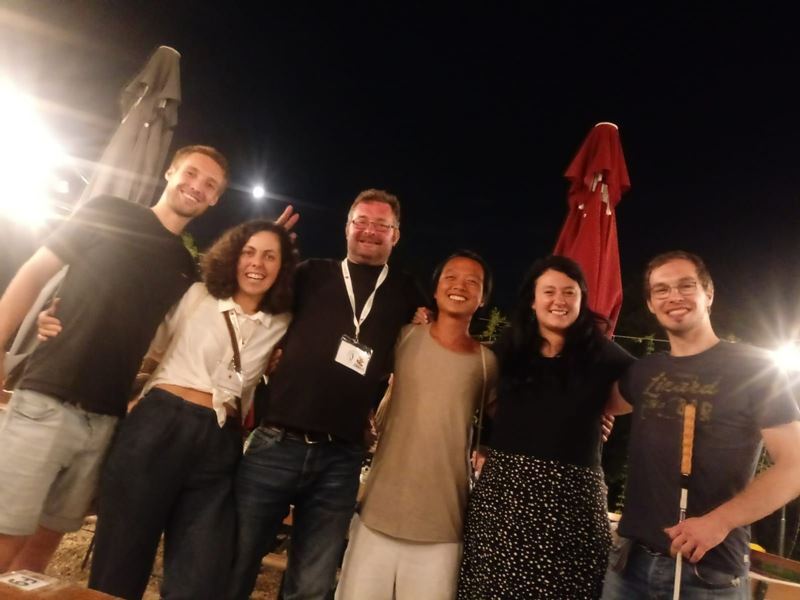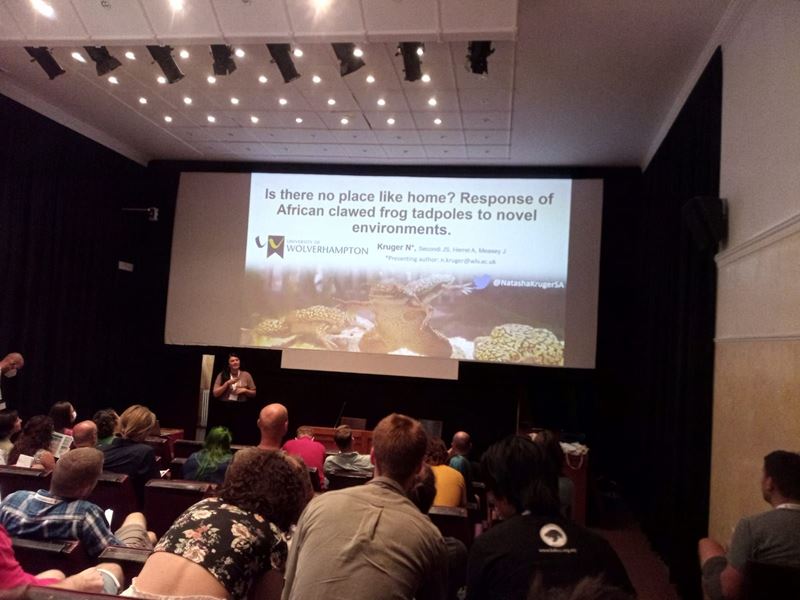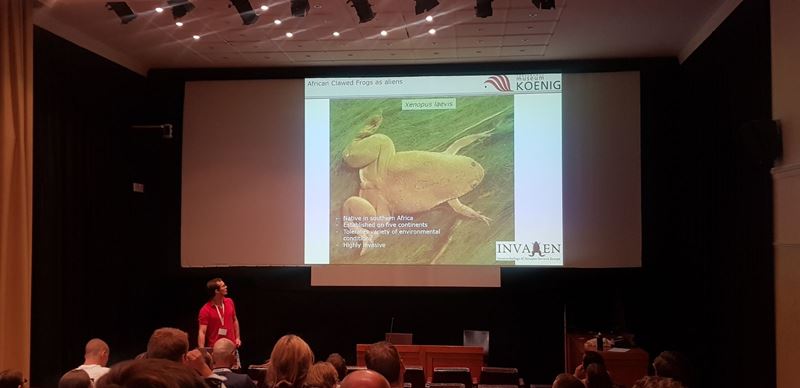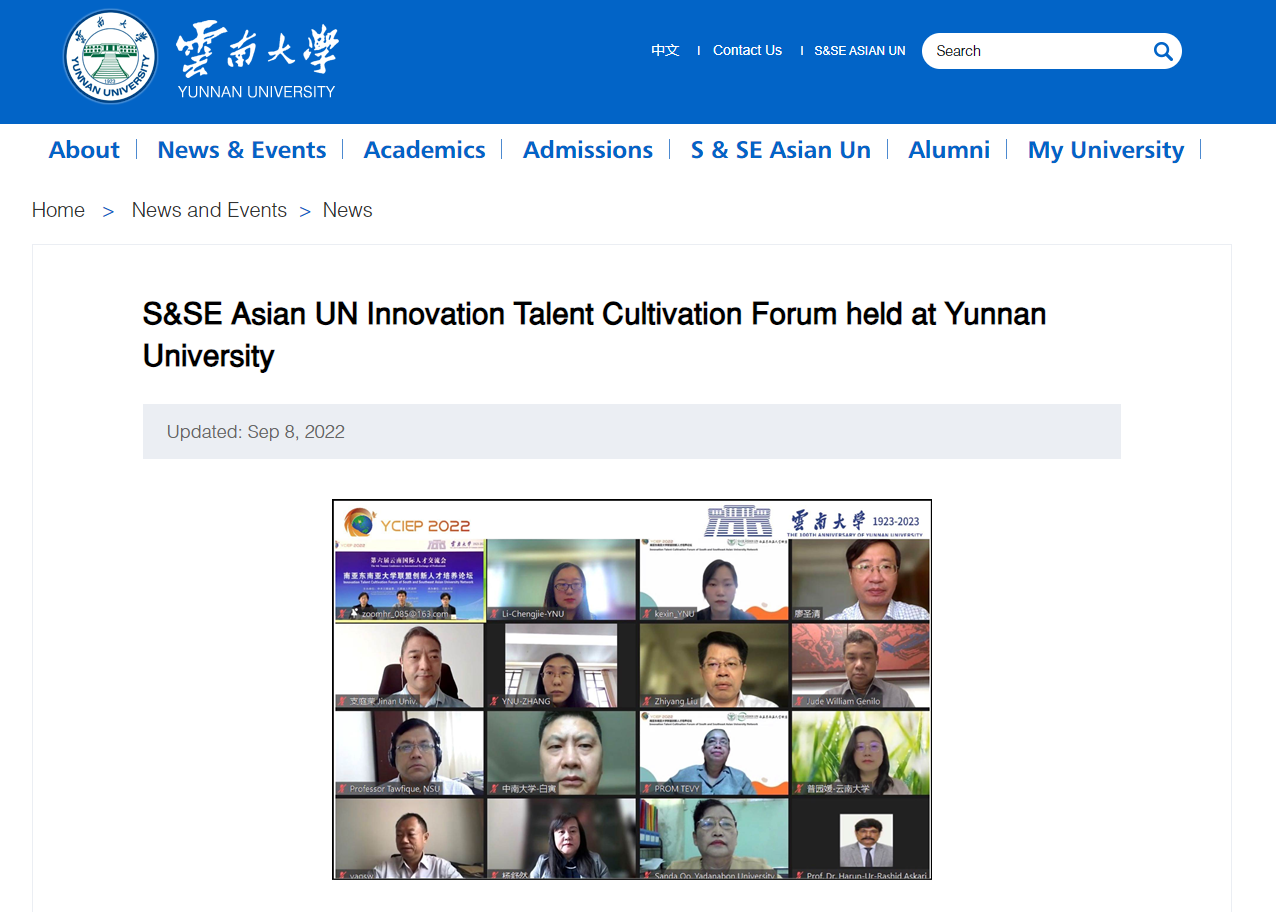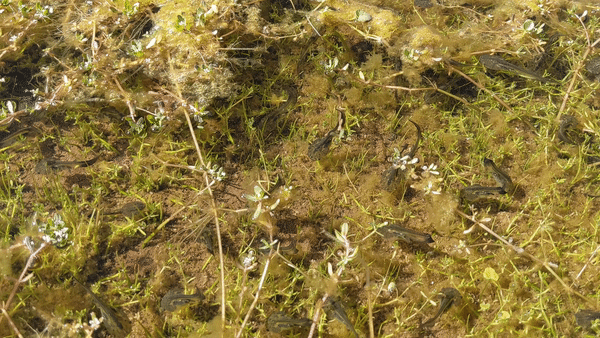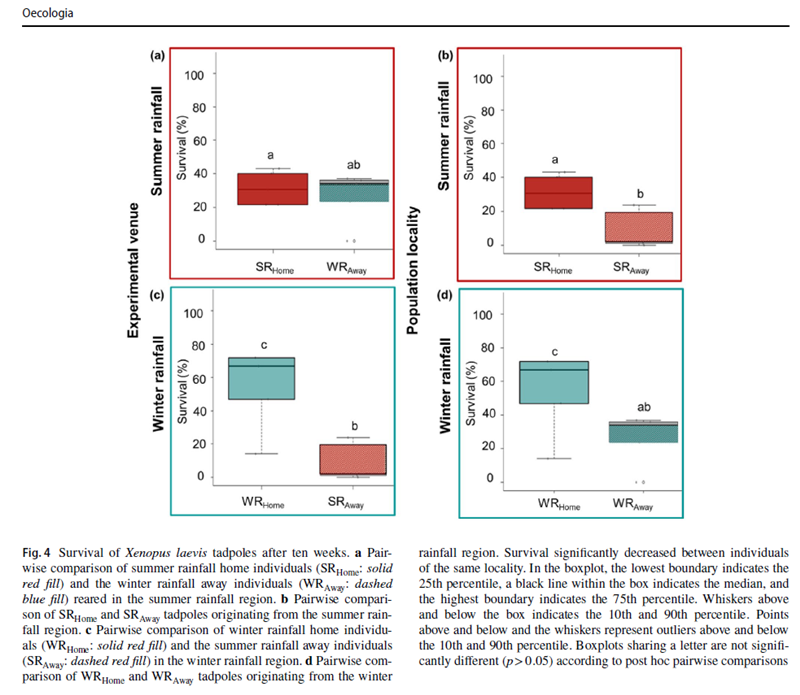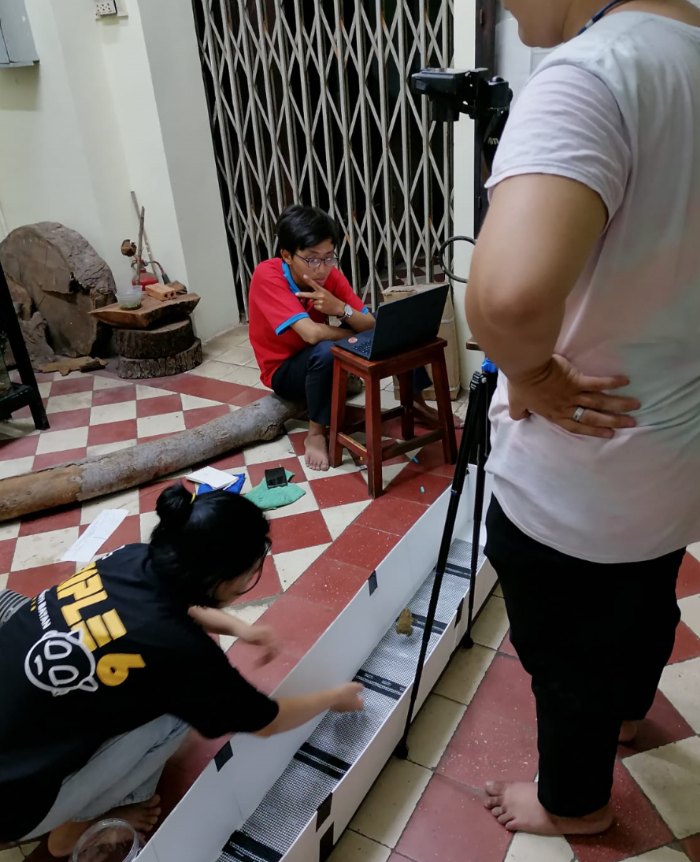The problems with brackets
Citations use brackets, and brackets are also used for other parts in writing. The problems with brackets often come when trying to combine citations that have brackets with the other parts of writing that also need the brackets. This is compounded when trying to do all this in citation software when you don’t have complete control over it.
Most citation software allows for flexibility of how you will use your citation. In the above examples we have seen the full citation, a version where just the year is included in the brackets, some text occurs before (prefix) or after (suffix) the citation within the brackets, or even a combination of these:
- The classic: (Measey et al., 2016)
- Omitting the authors: Measey et al. (2016)
- Using a prefix: (e.g. Measey et al., 2016)
- Using a suffix: (Measey et al., 2016: 976)
- A combination of the above: Measey et al. (2016: 976)
Citation software handles producing these different ways by omitting the author, adding a prefix, or adding a suffix, respectively. However, the default will be to use the classic version, and you will need to alter this to one of the others in the software as you are citing it (i.e. as you add it to the document).
It is very common that people simply don’t know how to do these different ways of citing within their citation software. The easiest is to look up “how to add suffix” or whatever it is that you want to do in the respective manual or in your search engine. The result of not being sufficiently skilled in your citation software, is that you end up with confused text - and usually a surfeit of brackets. The examples below are all mistakes that I regularly see in theses and manuscripts:
Measey et al. (Measey et al., 2016) found that the impact of invasive amphibians is comparable to that of birds and mammals.
Invasive amphibians have some serious impacts on their recipient environments (e.g. Measey et al. (2016)).
Invasive amphibians have some serious impacts on their recipient environments (e.g. (Measey et al., 2016)).
The above examples are obviously wrong (i.e. obvious to an examiner or reviewer), and immediately suggest that the writer hasn’t invested enough time in mastering the citation software, or isn’t aware that what they have produced is incorrect. I’d encourage you to take the time to correct these kinds of errors in a timely manor, or at least before submitting your thesis or manuscript.
Avoid back to back bracketing
It is better to combine information into one set of continuous brackets instead of having back to back sets of brackets. You can do this by using a prefix or a suffix as below:
Some invasive amphibians have been investigated insufficiently compared to their impact (e.g. Asian common toads: Measey et al., 2016).
Instead of back to back bracketing as follows:
Some invasive amphibians have been investigated insufficiently compared to their impact (e.g. Asian common toads)(Measey et al., 2016).
If you must have brackets nested within each other (and I would argue that this is very unusual), then rather use different types of brackets, such as square brackets inside round brackets. But make sure that you do this consistently throughout your thesis or manuscript.
